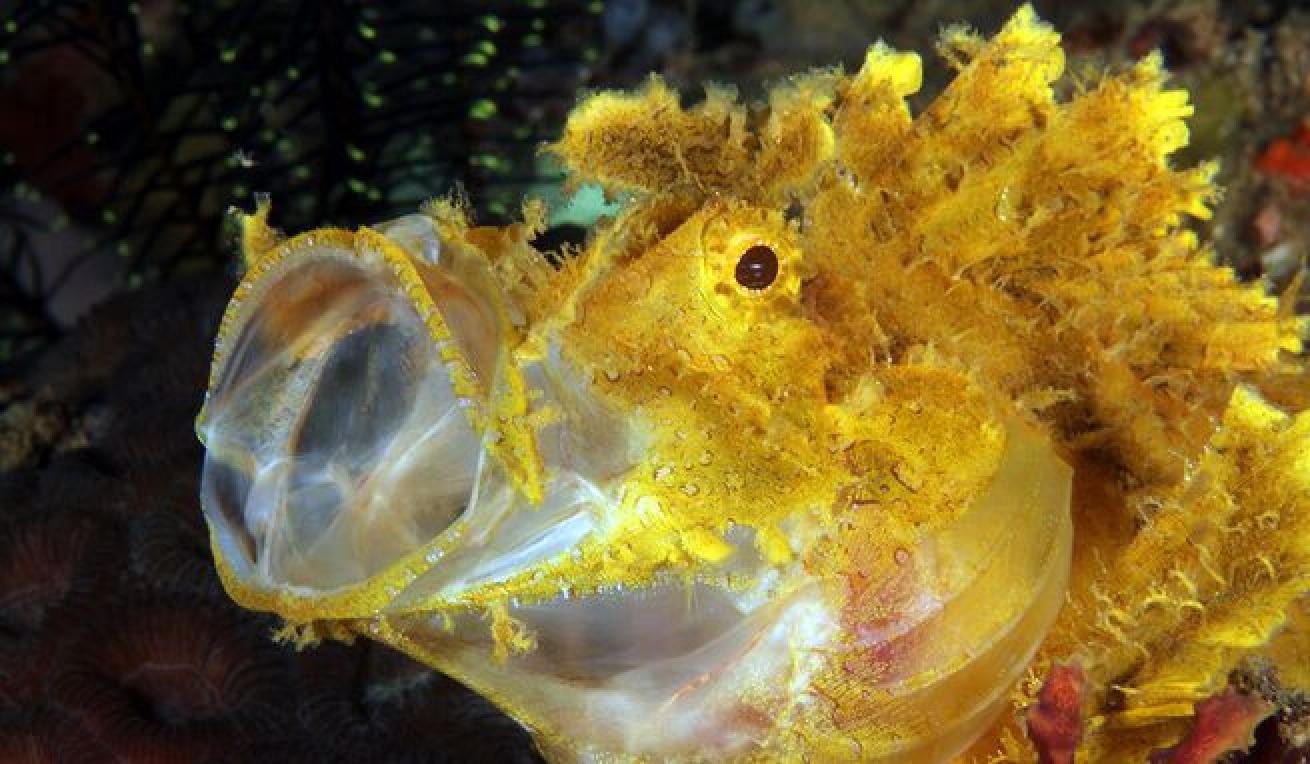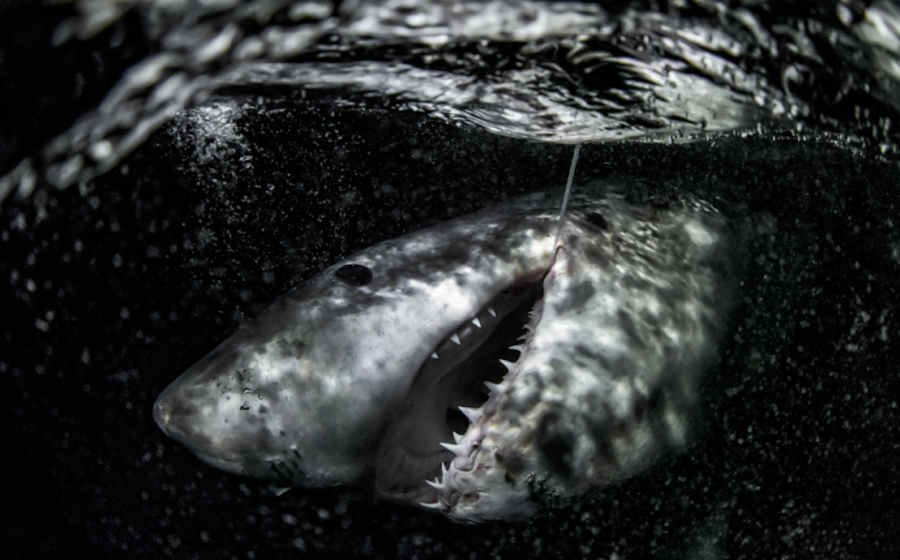Top 5 Biodiverse Scuba Diving Destinations
The Coral Triangle, an area made up of Malaysia, Indonesia, Papua New Guinea, the Solomon Islands and Timor-Leste, is well-known by divers for its incredible diving. The region contains over 70% of all known coral species in the world and more than 3000 species of fish, making it the most biodiverse marine area on Earth. Divers can experience the wonders of the Coral Triangle, plus other great biodiverse dive destinations throughout the Pacific Ocean. Here are our top five biodiverse destinations to explore.
Indonesia

iStockIt is possible to see mola mola while diving at Raja Ampat.
Indonesia has a variety of dives to enjoy, including dramatic wall dives, muck dives, seagrass beds, coral reefs, volcanic formations and wreck dives. The Indonesian archipelago consists of more than 13000 islands and contains a number of top biodiverse dive sites. Divers can see over 3000 species of fish and 600 species of coral in Indonesia, and nearly 300 fish species were recorded in just one dive at Raja Ampat. It is also possible to see 6 of the 7 species of sea turtle, whale sharks, hammerheads, Mola mola, manta rays, reef sharks, eagle rays, dolphins and a vast array of critters.
Raja Ampat is like no other dive destinations, having 1500 species of fish, 537 coral species and almost 700 types of mollusk. It is a great destination for diving with manta rays and turtles at Mansuar and exploring the fascinating relationship between whale sharks and fisherman at Cenderawasih Bay. The fishermen give fish to the whale sharks to bring luck and numerous whale sharks can be found there year-round. Macro lovers will enjoy the diverse reef life at Misool Island and huge shoals of trevallies and tuna are found at the Dampier Strait. Komodo Island is great for muck diving, encounters with the giant Komodo Dragons, and large pelagics.
Related Reading: The Best Scuba Diving in the World
Those looking to explore lesser-known dive highlights should consider visiting Halmahera. This island offers vibrant coral gardens, volcanic formations, drift diving, muck diving and hammerhead sharks. It is relatively unexplored and is best experienced by Halmahera liveaboard diving.
There is something for all diver experience levels at Indonesia and the best time to visit is from June to October, though diving is possible all year at some locations.
Malaysia

iStockSwim with numerous barracuda on Sipadan Island.
Malaysia is known for having some of the most biodiverse waters on the planet, hosting 600 species of coral and 1200 species of fish. It is a world-class scuba destination that offers macro diving, megafauna, coral reefs, drop-offs, wrecks, caverns and drift diving.
Sipadan Island is especially biodiverse and was formed by living corals growing on top of an extinct volcano. It has fantastic scuba diving thanks to the deep-water currents that bring up nutrient rich waters. Divers can swim with sea turtles, reef sharks, parrotfish, plus numerous barracudas at Barracuda Point. Whitetip Avenue is the place to go for whitetip reef sharks and the coral gardens of Sipadan offer plentiful photographic opportunities.
Mabul is ideal for macro fans and Froggy Lair is home to high numbers of frogfish. There are plenty of nudibranchs, ghost pipefish, garden eels, lobsters, crocodile fish and more at the different dive sites of Mabul. The reefs are also home to spotted eagle rays. Kapalai sandbar is also worth exploring for a variety of macro life.
The best time to dive Sipadan is April to December and there is something for every type of diver.
Papua New Guinea

iStockMilne Bay is home to a variety of sea creatures, like these longnose hawkfish.
Papua New Guinea is north of Australia and is made up of more than 600 jungle-covered islands and coral atolls. The islands are home to more than 2000 species of fish, 6 sea turtle species, and are rich in tribal history. Divers can enjoy World War II wreck dives, coral walls, macro diving, world-class muck diving and big pelagic encounters.
Kimbe Bay was ranked as one of the world’s most beautiful reefs by the National Geographic Society and offers vibrant reefs and abundant marine life. Divers can see fighter plane wrecks, corals and sponges, and sharks. Pilot whales, dolphins, orcas and sperm whales have all been seen in the area. Milne Bay is the home of muck diving and doesn’t disappoint, having some of the best muck diving sites and plentiful World War II wrecks to explore. Another dive highlight is Fathers Reef, a series of coral pinnacles rising up from the bottom of the Bismarck Sea. It has a large population of sharks and used to be an area for shark-feeding. The Witu Islands are worth visiting for whitetip reef sharks, tuna, barracuda and diving over hard coral gardens, or alongside steep drop-offs.
May to November are the most popular months for diving Papua New Guinea, though diving is possible all year. It is an ideal destination for intermediate to advanced divers.
Solomon Islands

iStockMarine life and WWII wrecks abound in the Solomon Islands.
The Solomon Islands remain relatively untouched by the modern world and sit on the western fringe of the Pacific. They consist of 992 islands across 1000 miles and are less well-known than other top scuba diving destinations. This destination is off the beaten path and offers lagoons, volcanic islands, mangroves and a diverse array of marine life. Divers can explore World War II wrecks, reefs, caverns, walls, wrecks, pinnacles and more. All whilst taking in the sheer volume of fish and macro life. The reefs are home to mandarin fish, eels, reef fish and plenty of critters. Muck diving is popular to see mantis shrimps, nudibranchs, ghost pipefish and pygmy seahorses, to name but a few of the critters found there.
Many of the islands are surrounded by steep walls, allowing divers to swim alongside schools of pelagic fish. Manta and shark diving is possible, including swimming with juvenile reef sharks at Bat Cave in the Russel Islands. The Florida Islands has around 1000 wrecks to explore at Iron Bottom Sound, including ships, submarines and aircraft. There are also reefs teeming with life, wall dives and lave tubes. Mary Island is known for schooling fish and has huge schools of barracuda, jacks and tuna. Peava Jetty at Marovo Lagoon is the place to go for muck diving and the lagoon is also great for numerous World War II wrecks and coral diving.
Diving is possible all year at the Solomon Islands and divers of all experience levels can enjoy diving at this special location.
Philippines

iStockWeedy scorpionfish, dugongs and thresher sharks are just a few of the amazing creatures you can encounter in the Philippines.
With over 7000 islands to explore in the Philippines, the diving is diverse and wrecks, sea walls, coral beds and many large pelagic species. Dugongs can be found there, as can the elusive thresher sharks, 6 species of sea turtle, Napoleon wrasse, whale sharks and an abundance of tiny critters.
Tubbataha is a world heritage site and the Tubbataha Reef National Park is considered one of the best dive areas in the world. It can only be accessed by liveaboard and the park is home to critters, turtles, numerous colorful reef fish, and hammerhead sharks.
Apo Island has exceptional visibility to enjoy numerous corals, turtles, wrasses, and large schools of fish that swim through bubbles rising up from the volcanic sea bed. Manta rays, whale sharks, reef sharks and devil rays are all found at this island.
Related Reading: World's Best Scuba Diving Destinations for 2025
For divers looking to see the best of the Philippines underwater life in one area, the Visayas are unmissable. This group of islands has everything from macro life through to whale sharks and other pelagics. Shark fans should of course visit Monad Shoal at Malapascua to experience diving with thresher sharks.
Diving is possible all year, though the best time to visit is from March to June. There is something for every type of diver at the Philippines.
This article was written by divers and writers at LiveAboard.com










